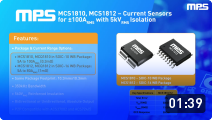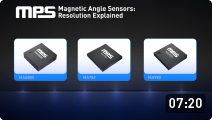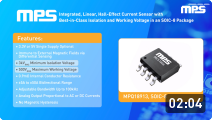The employment of cutting-edge sensors in space exploration becomes critical as humans expand beyond our planet. These sensors serve as humanity's eyes and ears in space, gathering information that advances our knowledge of the cosmos, from rovers exploring foreign landscapes to probes traveling to far-off celestial bodies.
Rovers: Remote Geological and Atmospheric Experts
Lunar and Martian Terrains: A variety of instruments are installed aboard rovers, such as China's Yutu-2 and NASA's Perseverance, to research the atmospheres and geology of the Moon and Mars. These sensors are capable of identifying and analyzing the contents of soil, rocks, air gases, and even traces of previous microbial life.
Navigation and Hazard Avoidance: Rovers have to maneuver across difficult terrain that includes sand dunes, cliffs, and boulders. They accomplish this by making precise maps of their surroundings, spotting possible obstructions, and drawing safe routes using optical and radar sensors.
Probes: Deep Space Adventurers
Asteroid and Comet Studies: Studies of asteroids and comets are conducted by probes such as NASA's OSIRIS-REx and Japan's Hayabusa2. These spacecraft are equipped with sensors that can take temperature readings, assess the makeup of the surface, and even collect samples to be brought back to Earth.
Magnetic and Gravitational Field Detection: Magnetometers and gravimeters are frequently seen in probes. By measuring the gravitational and magnetic forces of astronomical planets, these sensors provide information about their interior structures and geological past.
Communication and Data Transmission: The ability to transmit data back to Earth is a critical component of these space missions. Even when data is delivered from billions of kilometers away, advanced communication sensors and antennae make sure that there is little loss or distortion.
Harnessing Sensors in Extreme Environments: Space mission sensors are made to endure a wide range of severe environments, such as the intense radiation of space and the extremely cold temperatures of far-off planets and moons. Thermal insulation, radiation-shielding materials, and specialist electronics that can operate in vacuum or low-pressure situations are frequently incorporated into their designs.
The use of sophisticated sensors in space exploration is pushing the limits of human understanding. These sensors will become increasingly crucial in solving the universe's riddles as technology develops, opening the door to new findings and interplanetary travel.








直接登录
创建新帐号